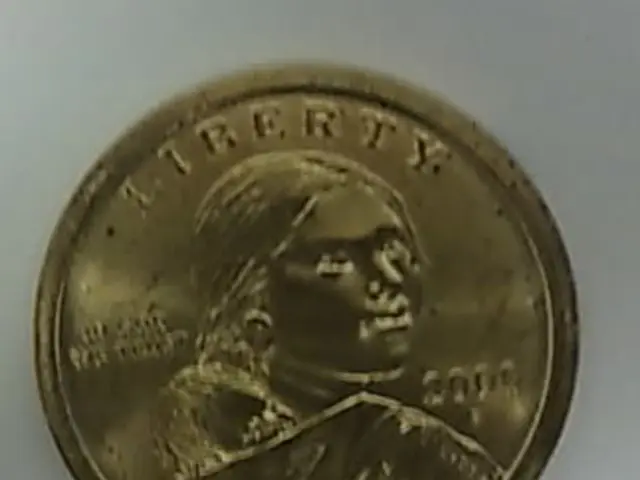The Pivotal Snap captures the discovery of interstellar comet 3I/ATLAS
The Asteroid Terrestrial-impact Last Alert System (ATLAS) telescope in Chile made a groundbreaking discovery in July 2025, announcing the arrival of Comet 3I/ATLAS, an interstellar comet that originated from elsewhere in the galaxy. This celestial visitor won't go into orbit around the Sun; instead, it's merely passing through our Solar System on its journey across the Galaxy. As it approaches Earth, Mars, and even the Sun this autumn, astronomers are doing everything they can to learn as much as they can about Comet 3I/ATLAS while it's in the neighbourhood. The discovery of Comet 3I/ATLAS could be on the brink of a new era in our understanding of primordial space rocks from the depths of the cosmos. The comet was discovered using the 'blinking' method, a well-established astronomical technique for discovering new objects. Each of the ATLAS telescopes is fitted with cameras that automatically scan and photograph the whole sky several times a night. The system compares the images to find objects moving quickly against the background sky. ATLAS, a project developed by the University of Hawaii and funded by NASA, consists of four telescopes: two in Hawaii, one in Chile, and one in South Africa. As Comet 3I/ATLAS approaches the Sun, Earth, and Mars, there's talk of other spacecraft like Mars rovers and orbiters, or the NASA Juno mission at Jupiter, catching a glimpse. Moreover, some of Earth's most powerful telescopes have been pointed at Comet 3I/ATLAS, including the Very Large Telescope, the Hubble Space Telescope, and the James Webb Space Telescope. Observations of comet 3I/ATLAS have found water ice, water vapour, carbon monoxide, and carbonyl sulfide. So far, these findings suggest the dust and ice found at 3I/ATLAS is similar to those found at comets that formed within our Solar System. The Vera Rubin Telescope, which has just begun science observations, may open up many more interstellar objects for observation in the future. The telescope, which joined the ATLAS system, could potentially provide even more insights into the mysteries of interstellar comets like 3I/ATLAS. In a fascinating twist of history, Pluto was also discovered using the 'blinking' method. The discovery of Comet 3I/ATLAS serves as a testament to the enduring power of this technique and the ongoing quest to uncover the secrets of the universe.
Read also:
- Increase in Electric Vehicle Charging Stations Across U.S., But Is It Sufficient?
- The current status of green hydrogen for developing countries following the wave of hype: Assessment of remains
- Rapid Growth in Bio-based Polypropylene Sector Anticipated at a Compound Annual Growth Rate of 26.5% by 2034
- Potential Fire Hazards in U.S Power Grids Due to Artificial Intelligence Data Facilities








